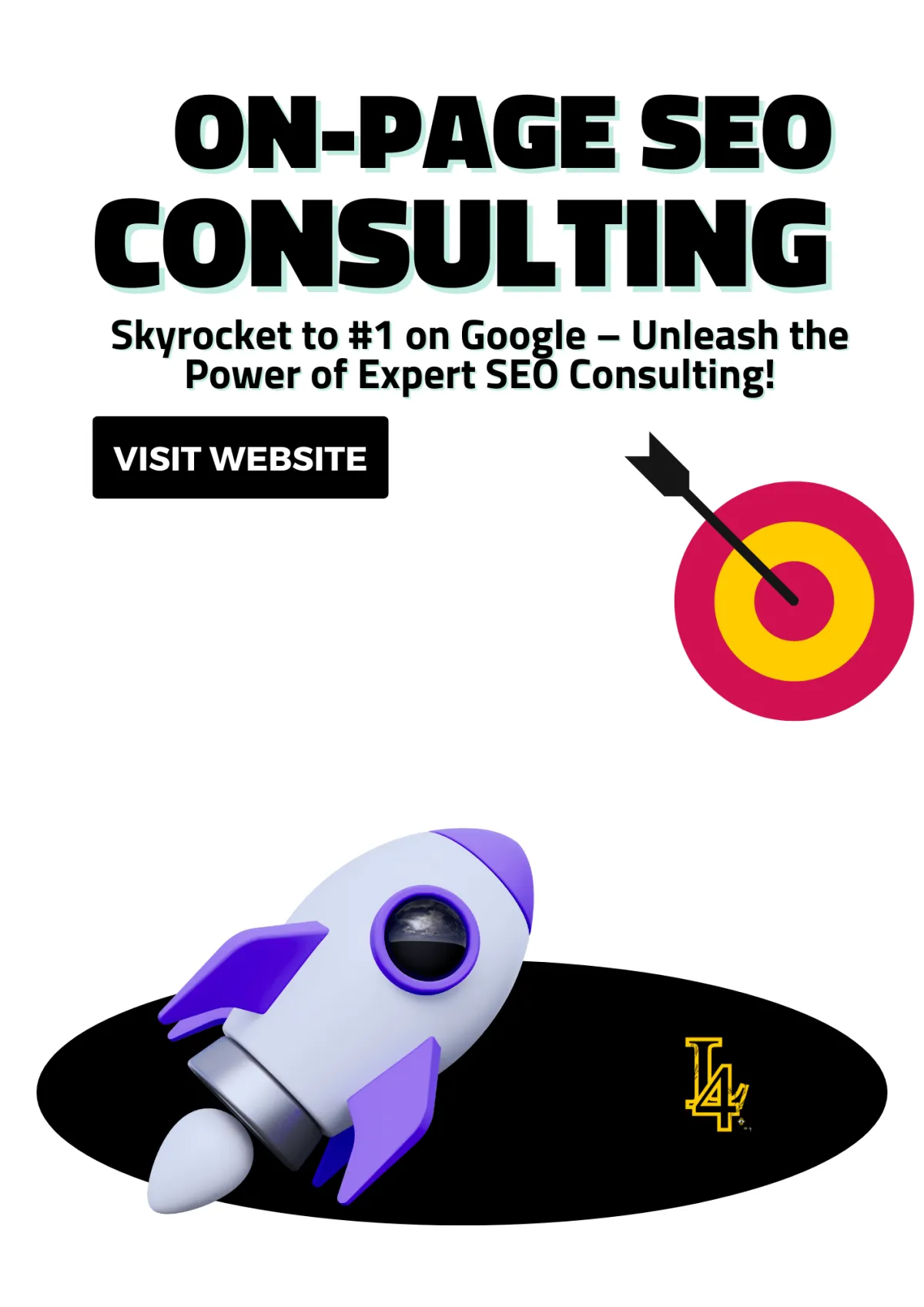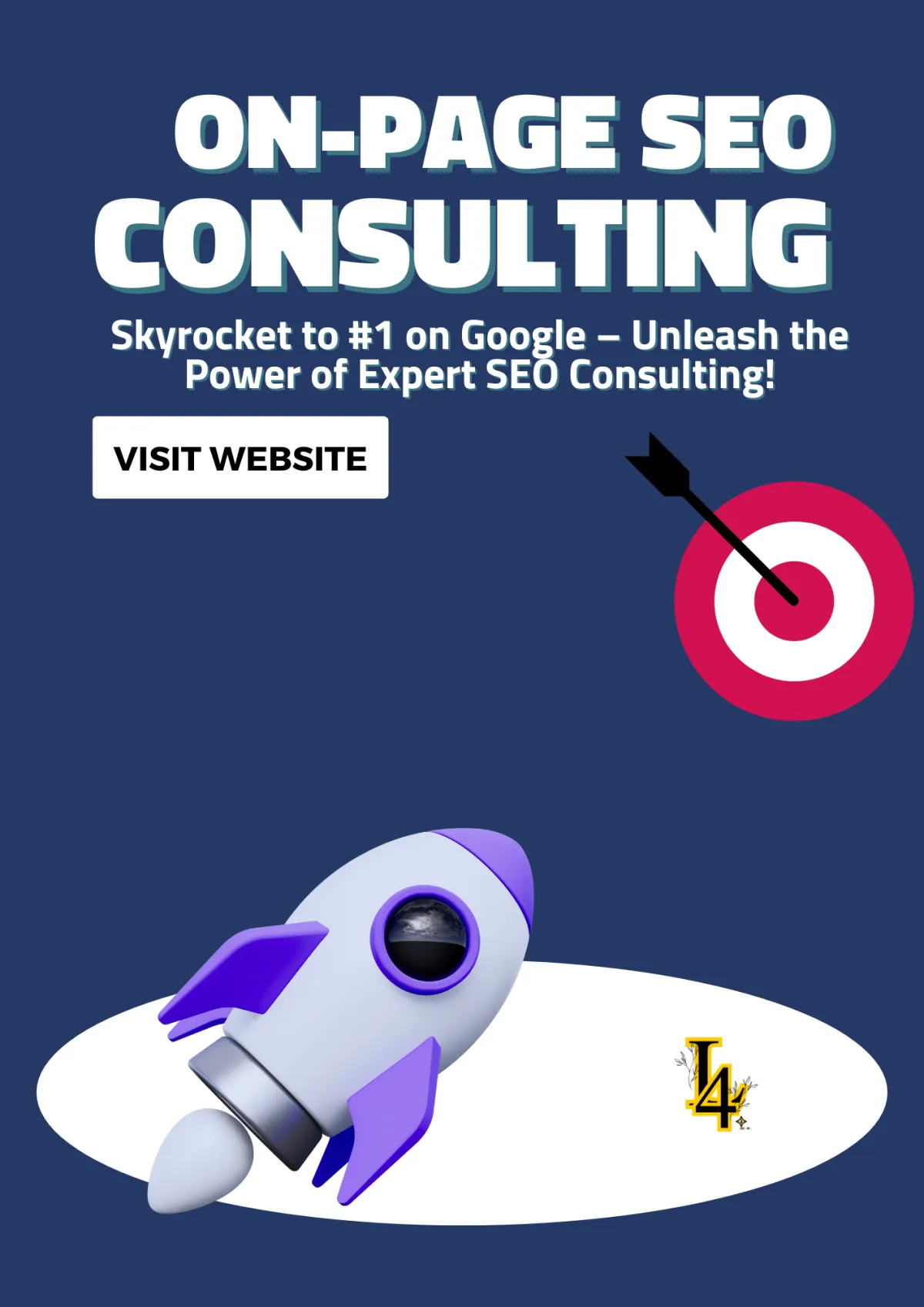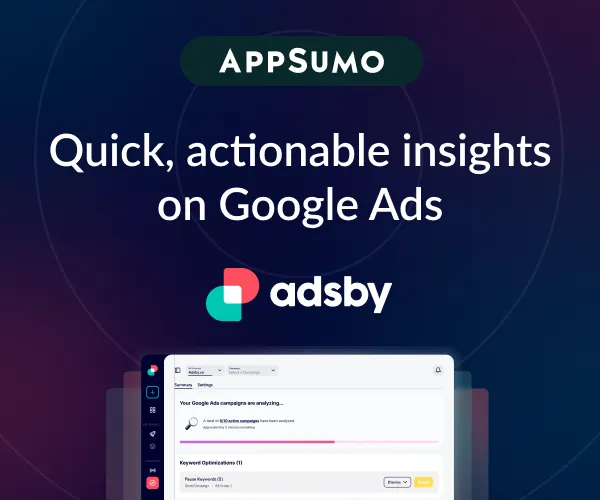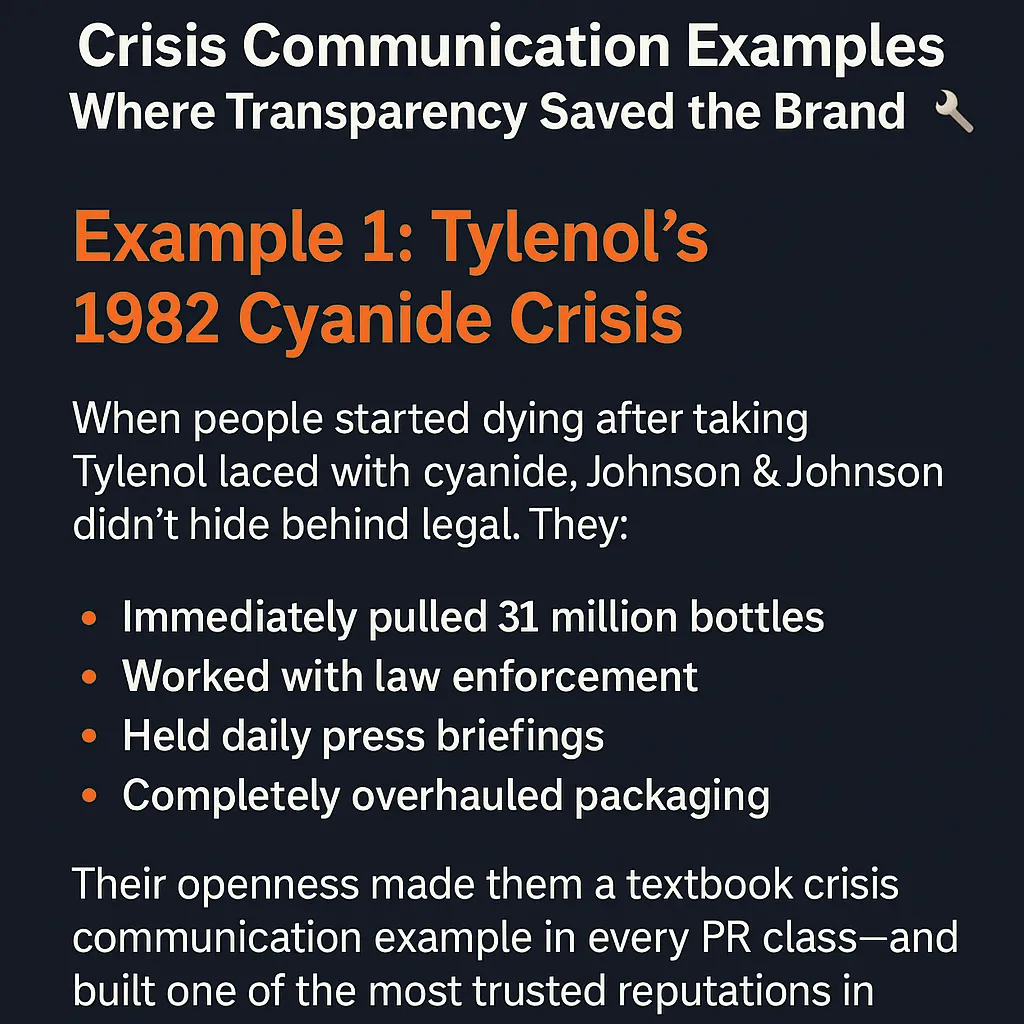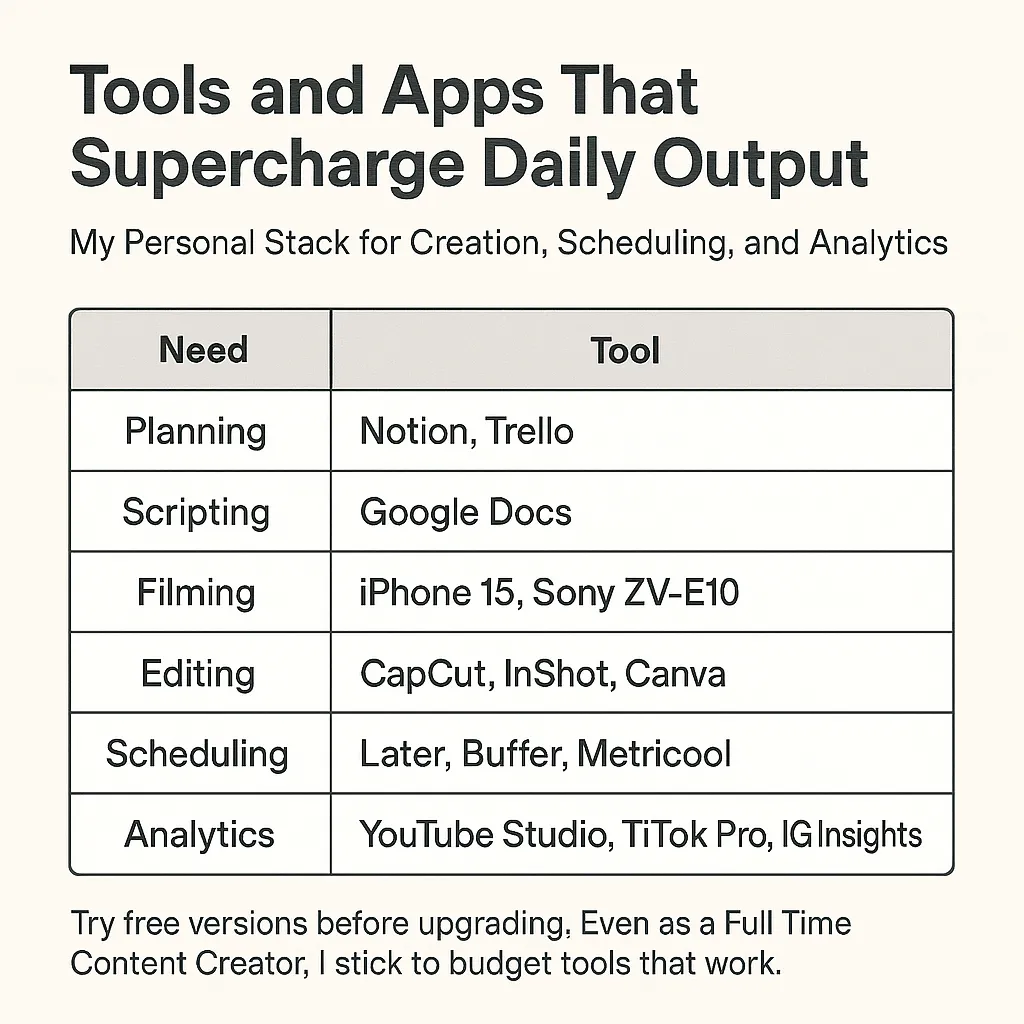
10 Fundamental SEO Tips for Entrepreneurs to Boost their Online Visibility
How I Boosted My Website Traffic Without Spending a Dime on Ads! 🚀
Let me be real with you for a second. When I first launched my website, I thought it would blow up just because it looked good. I was wrong. 😅 No matter how cool it looked, barely anyone was visiting. That’s when I realized I needed to step up my game and learn about search engine services to get more traffic without paying for ads.
Now, I want to share the top SEO strategies I used to get more visitors, rank higher on Google, and grow my business—all for free! Let’s dive in! 💥
1. Keyword Research Changed the Game for Me
At first, I was just guessing what people were searching for. Big mistake. Once I learned how to find the right keywords, everything started to click!
What Worked for Me:
I used tools like Google Keyword Planner and Ubersuggest to find out what people were actually searching for.
I focused on long-tail keywords like "best search engine services for small businesses" because they’re easier to rank for and attract the right people.
I checked out what my competitors were ranking for and found opportunities they missed.
Pro Tip: Long-tail keywords may not bring massive traffic, but they bring in people who are ready to take action! 🔥
2. I Fixed Up My Website for Google AND People
I realized that having a good-looking site wasn’t enough. I had to make sure it was set up the right way for search engines and easy for people to use. That’s called on-page SEO.
Here’s What I Did:
I made sure my page titles had the right keywords.
I wrote catchy meta descriptions that made people want to click.
I used headings (H1, H2, H3) to organize my content and make it easier to read.
I cleaned up my URLs to make them short and sweet.
These small changes added up, and my site started climbing higher in search results! 📈
3. I Created Content That Actually Helped People
Before, I was writing content I thought people wanted to read. But once I started answering real questions and solving problems, my traffic shot up!
Here’s What I Focused On:
Blog posts that gave helpful advice and tips.
How-to guides that broke things down step-by-step.
Videos and infographics to make things more fun and engaging.
Pro Tip: Keep your content fresh! I updated my old posts, and Google rewarded me with more traffic. 🙌
4. I Made Sure My Website Worked on Phones 📱
Most people are on their phones these days. My site wasn’t mobile-friendly, and I was losing visitors because of it.
How I Fixed It:
I made sure my site was responsive, so it looked great on any screen.
I compressed images and optimized my site to load faster.
I used Google’s Mobile-Friendly Test to make sure everything worked smoothly.
Once I did this, more people stuck around and explored my site.
5. I Sped Up My Website (FAST!) ⚡
Nobody likes a slow website. If your page takes forever to load, people will leave. I had to fix that ASAP!
What I Did:
Compressed big images with TinyPNG.
Cleaned up extra code (CSS and JavaScript).
Turned on browser caching to help returning visitors load the site faster.
My site became super fast, and my bounce rate dropped! 🚀
6. I Built Backlinks to Gain Trust
I learned that when other websites link to your content, Google sees your site as more trustworthy. That’s where backlinks come in.
How I Got Backlinks:
I wrote guest blogs for other websites and included links back to mine.
I created content so good that people wanted to share it!
I built relationships with people in my industry.
The more backlinks I got, the more Google trusted my site, and my rankings improved. 💯
7. I Aimed for Featured Snippets (Top Spot on Google!)
You know those answer boxes that pop up at the top of Google? That’s a featured snippet. Getting there was HUGE for my traffic!
How I Did It:
Answered common questions clearly and directly.
Used bullet points and numbered lists for easy reading.
Put answers within the first 100 words of my content.
Landing a featured snippet got me way more clicks than regular search results. 🔥
8. I Kept My Content Fresh
Old content can drag your site down. I started updating my blog posts regularly, and it made a big difference.
What I Did:
Updated blog posts with new stats and tips.
Added new sections to old posts to keep them relevant.
Shared updated content on social media to bring in fresh traffic.
Google loves fresh content, and so do visitors!
9. I Used Schema Markup to Stand Out
I found out about schema markup, which helps search engines understand your content. Plus, it makes your search results look cooler!
How I Used It:
Added FAQ schema to my articles.
Used review schema to show star ratings in search results.
Highlighted product prices and details with product schema.
This helped me stand out and get more clicks! 😎
10. I Tracked My Progress and Kept Improving
SEO isn’t something you do once and forget. I learned that you have to keep checking your progress and adjusting your strategy.
My Favorite Tools:
Google Analytics to track visitors.
Google Search Console to monitor search performance.
Ahrefs to check backlinks and keyword rankings.
By tracking my progress, I knew what was working and where I needed to improve.
What I Learned About SEO
Let me tell you something: SEO isn’t some overnight magic. It takes time and effort, but it’s 100% worth it. I didn’t need to throw money at ads to get results. I just had to work smarter.
By focusing on the right keywords, creating helpful content, speeding up my site, and building trust with backlinks, I grew my traffic without spending a dime.
My Advice to You:
Start small. Don’t overcomplicate it.
Stay consistent. SEO takes time, but it pays off.
Keep learning. The more you know, the more you grow.
If I can do it, so can you.
Let’s go! Start today, and watch your website grow! 💥🔥

